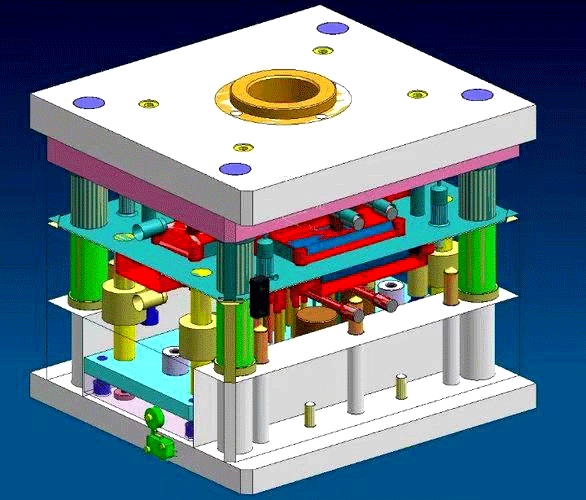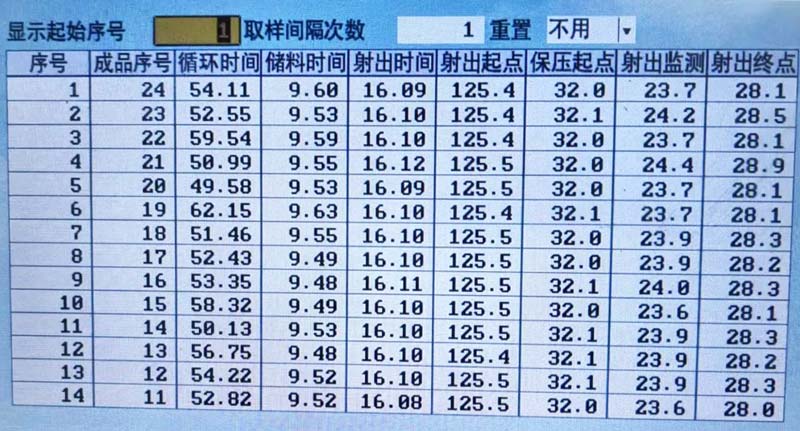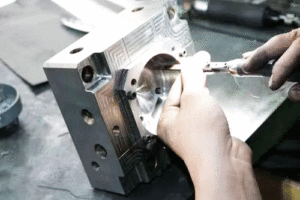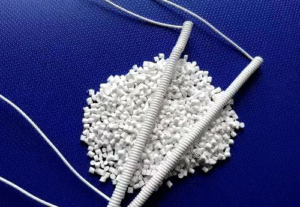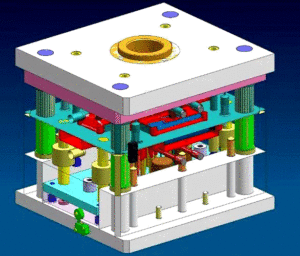Polishing Treatment for Plastic Molds
Polishing Treatment for Plastic Molds With the widespread application of plastic products, such as daily-use items and beverage packaging containers, there is often a requirement for the surface of plastic mold cavities to achieve a mirror-like polish. For molds used in the production of optical lenses, laser discs, and other precision components, the demand for … Read more



